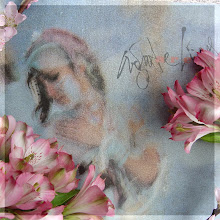Hygrophila difformis, Xanthyris flaveolata, Papilio blumei fruhstorferi, Papilio palinurus (Emerald Swallowtail), Unzela japix, Thysania agrippina, Marpesia petreus. Erebus macrops, Sterculia monosperma (Seven Sisters' Fruit), Nephele hespera, Colax apulus, Darapsa choerilus (Azalea Sphinx.)

Erebus :
In Greek mythology, Erebus /ˈɛrəbəs/ (Greek: Ἔρεβος, deep darkness, shadow), representing the personification of darkness; for instance, Hesiod's Theogony identifies him as one of the first five beings in existence, born of Chaos. Erebusb fathered several other deities with Nyx; depending on the source of the mythology, this union includes Aether, Hemera, the Hesperides, Hypnos, the Moirai, Geras, Styx, Charon, and Thanatos. Erebus is also used of a region of the Greek underworld where the dead pass immediately after dying, and is sometimes used interchangeably with Tartarus.
Hesperides :
The Hesperides /hɛˈspɛrɪdiːz/ (Greek: Ἑσπερίδες) are nymphs who tend a blissful garden in a far western corner of the world, located near Libya or the Atlas mountains in North Africa at the edge of the encircling Oceanus, the world-ocean. The nymphs are said to be the daughters of Hesperus.
Palinurus :
In Roman mythology, especially Virgil's Aeneid, is the helmsman of Aeneas's ship. Later authors used him as a general type of navigator or guide.
Nephele :
Nephele (/ˈnɛfəˌli/; Greek: Νεφέλη, from νέφος nephos, cloud; Latinized to Nubes) was a cloud nymph who figured prominently in the story of Phrixus and Helle.
Sterquilinus :
In Roman mythology, Sterquilinus (manure; also Stercutus or Sterculius) was a god of fertilization. He may have been equivalent to Picumnus.




沒有留言:
張貼留言